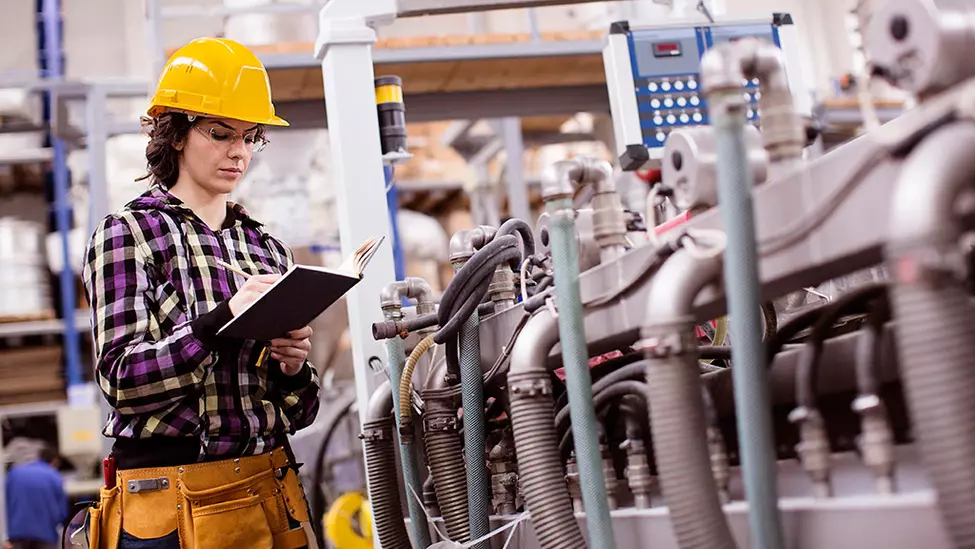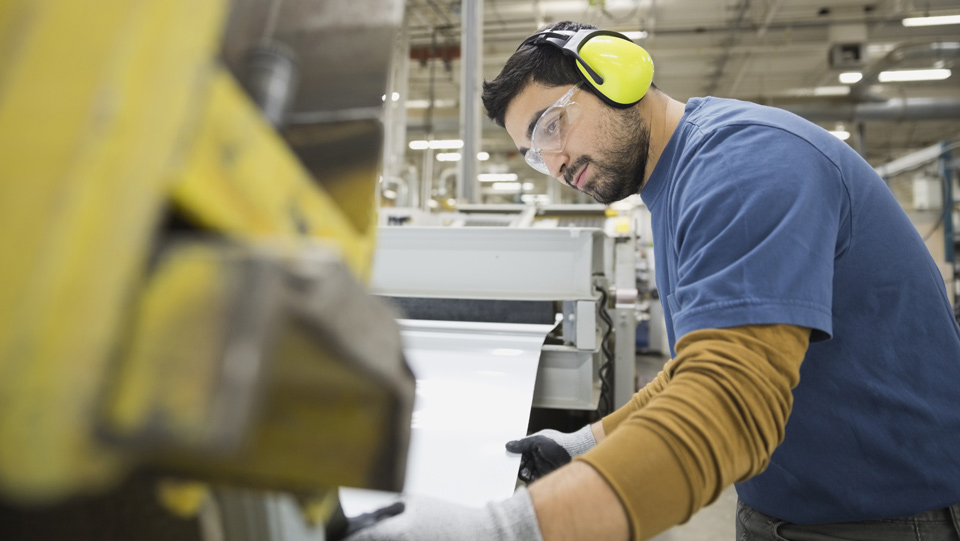Why Equipment Replacement Costs Matter for Manufacturers


Do you know the full cost of replacing key equipment in your production line? When manufacturing equipment goes down, it can derail production and lead to costly delays. Having your equipment insured to its full replacement value can help avoid business interruptions.
Equipment replacement costs continue to increase over time. In order to ensure a business can rebound from the loss of key equipment, manufacturers should regularly review their insurance-to-value coverage to make sure it reflects the actual replacement cost.
The replacement cost is almost always higher than the market value of manufacturing equipment due to factors such as the engineering, logistics and training required to get your team up and running again, according to Peter Levesque, a Property Valuation Technical Director at Travelers.
“Many times we’ll see schedules of equipment where the value stays the same over a number of years,” says Levesque. “This might not be the case. It’s important to adjust for inflation at regular intervals to ensure proper coverage.”
Contrary to what manufacturers might expect, as equipment ages, it can actually increase in value, especially if it has been customized or modified over time for specific business requirements. Any modifications should be considered in the replacement cost total valuation.
Without proper replacement cost coverage, a manufacturer may need to pay the difference between the insured value and the actual replacement cost of the equipment. So it’s a good idea to request an insurance-to-value consultation regularly to help ensure adequate compensation.
The Insurance to Value index (see link on right) can also help manufacturers index the replacement cost coverage of their equipment based on the government’s Producer Price Index.
Some equipment can also have long lead times to repair or replace, which can interrupt productivity. Highly specialized machinery can take months, possibly years, to replace. Customization can make it almost impossible to replace certain equipment at any price.
Plan for continuity
Having a contingency plan that includes steps to take when a critical piece of equipment breaks down can help promote business continuity.
Consider this contingency plan checklist:
- List of key equipment.
- Inventory of spare parts.
- Identify specialized rental equipment needs.
- Line up repair contractors.
- Working with other companies to help provide backup.
Manufacturers will want to identify replacement equipment sources and acquire spare parts for equipment repairs well before any break occurs.



